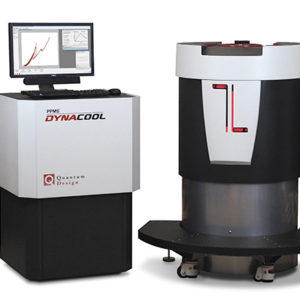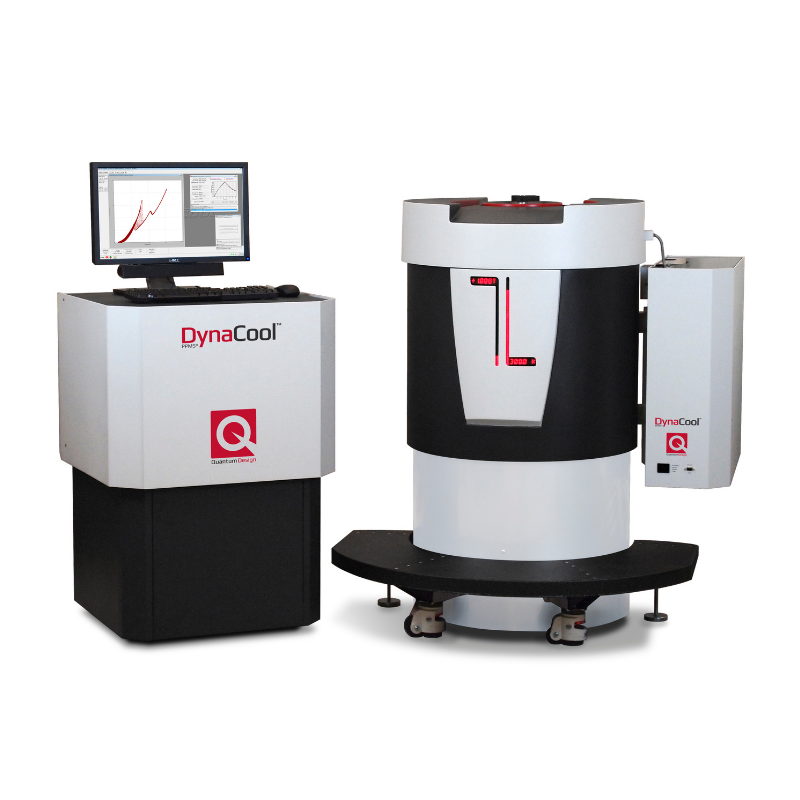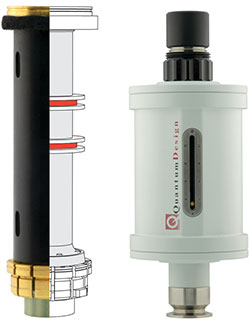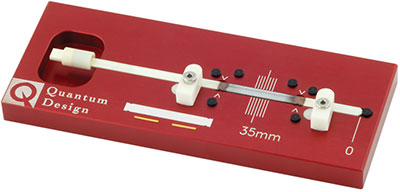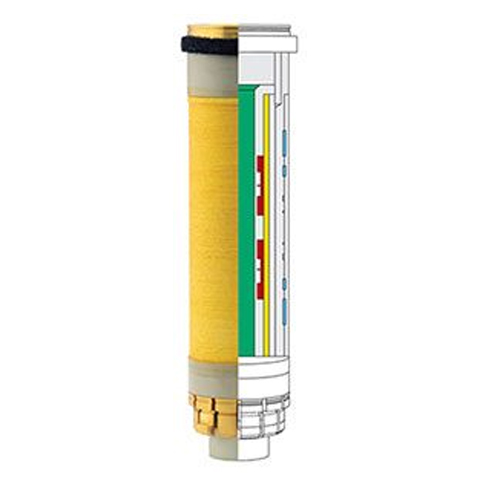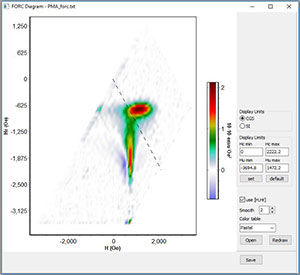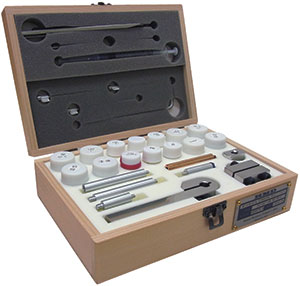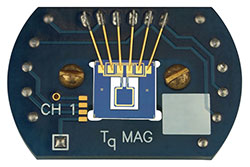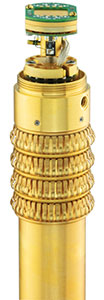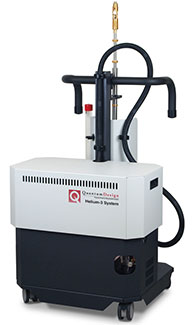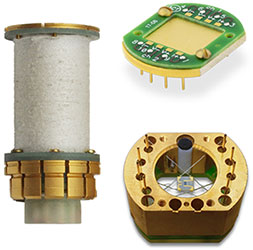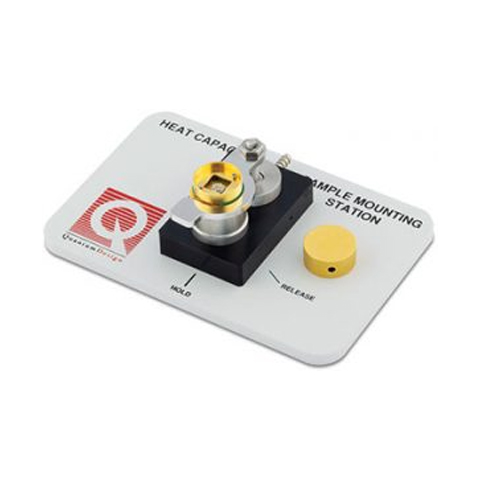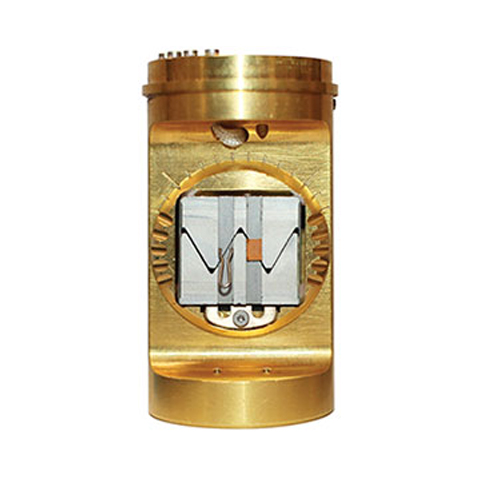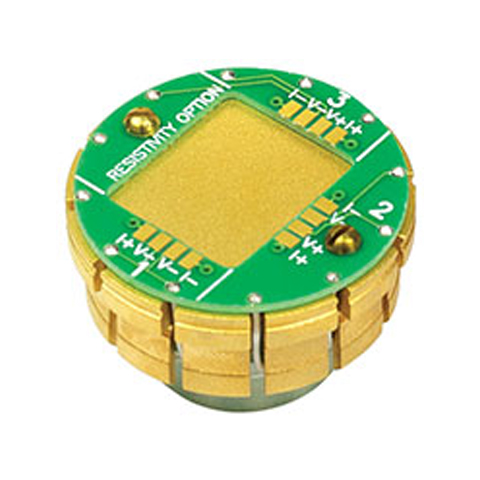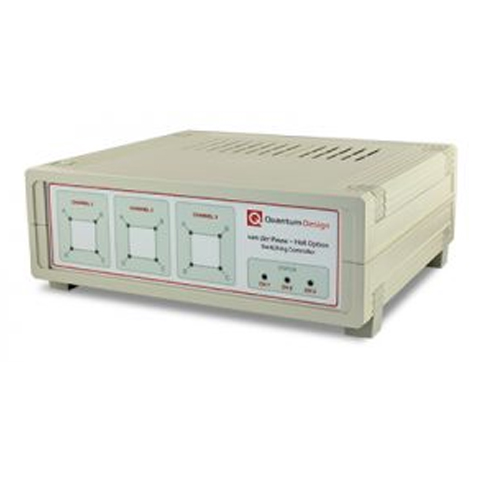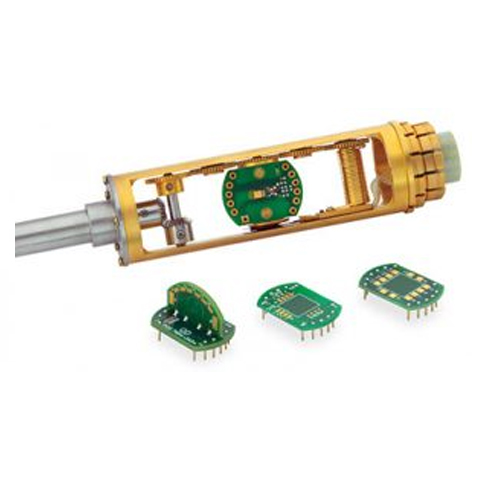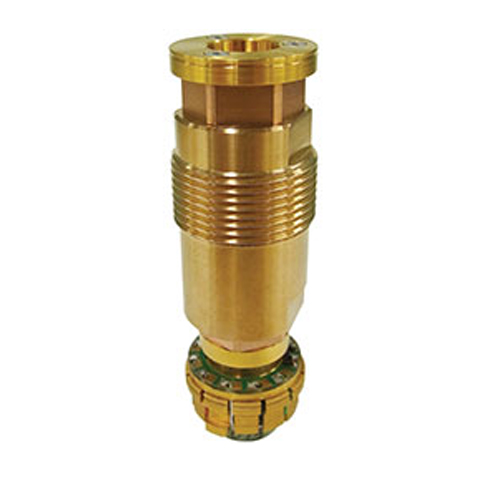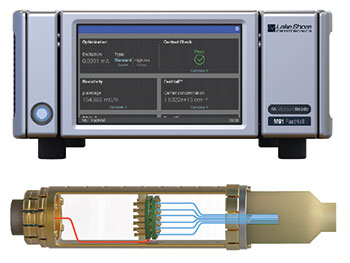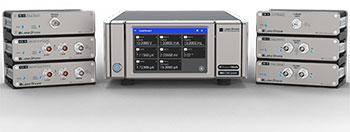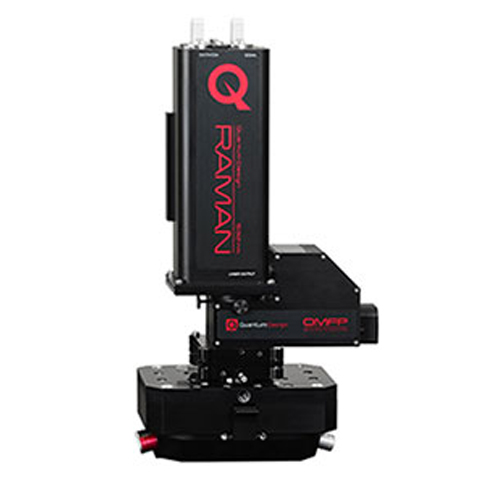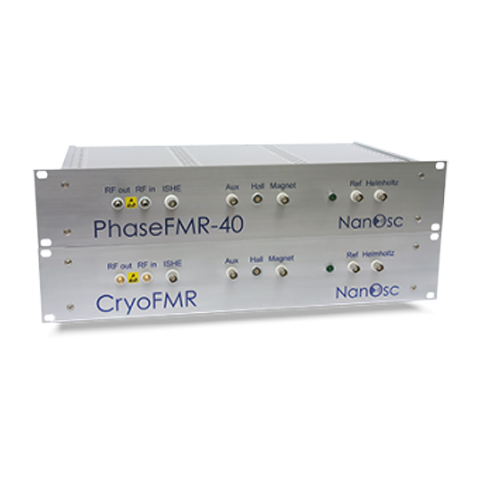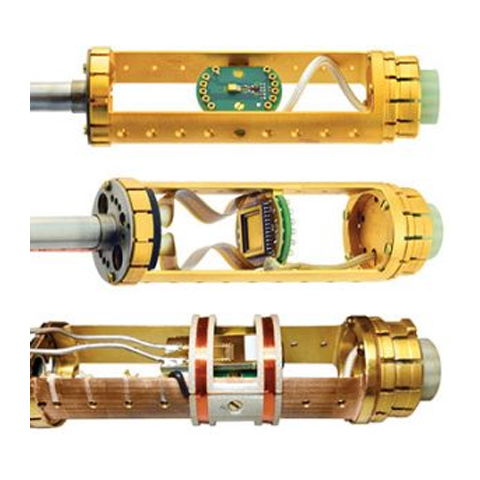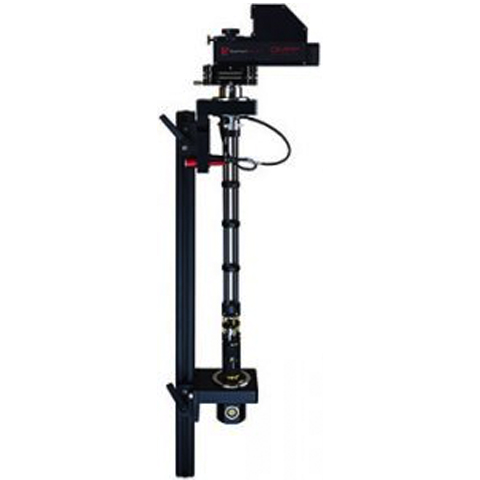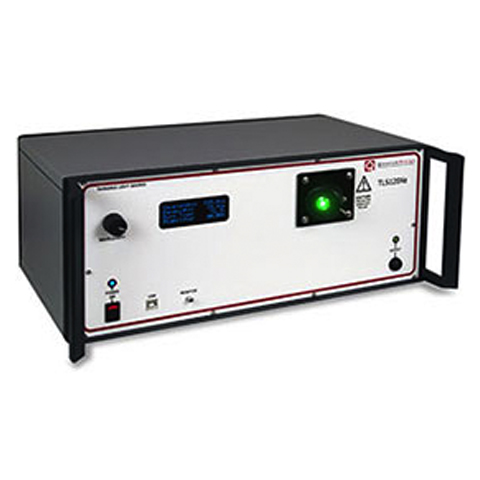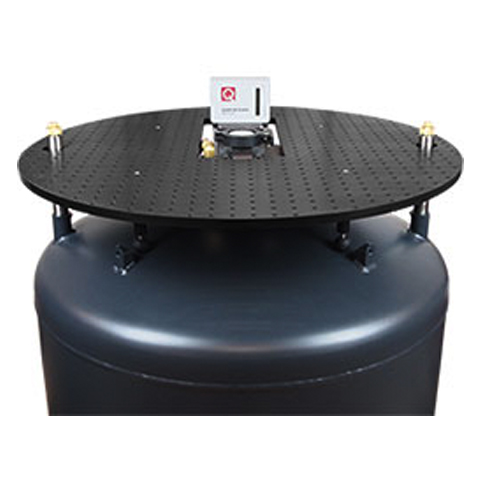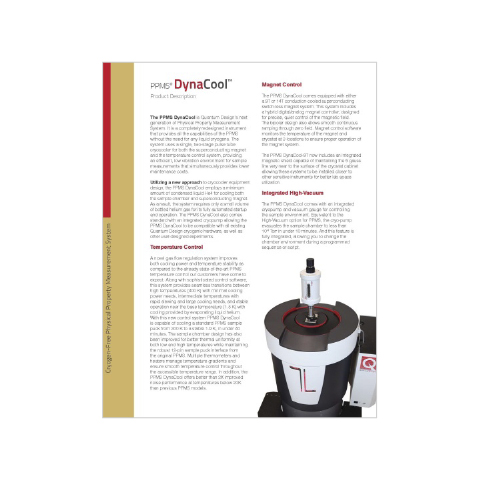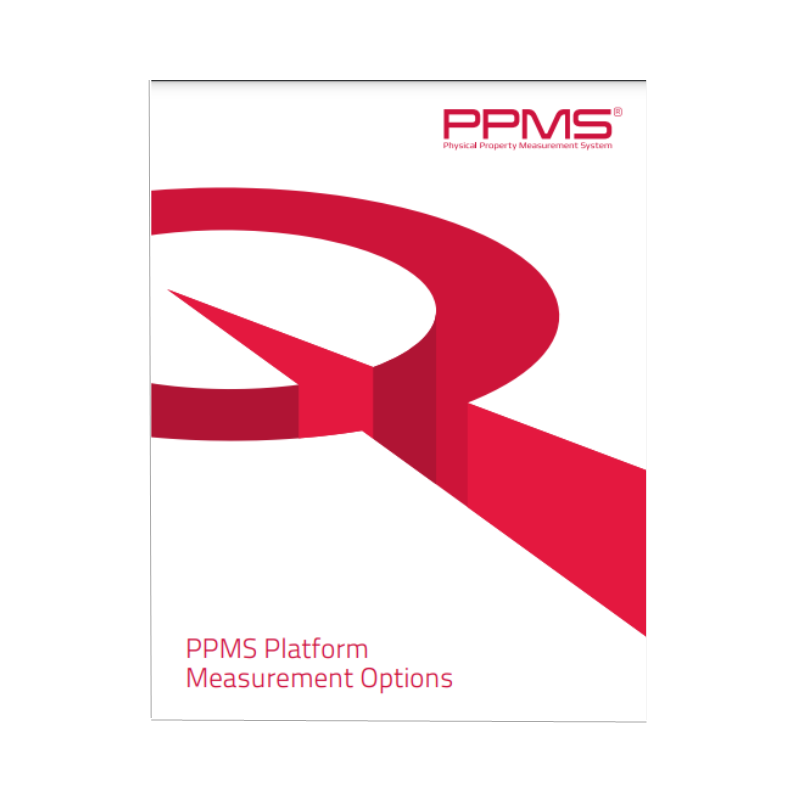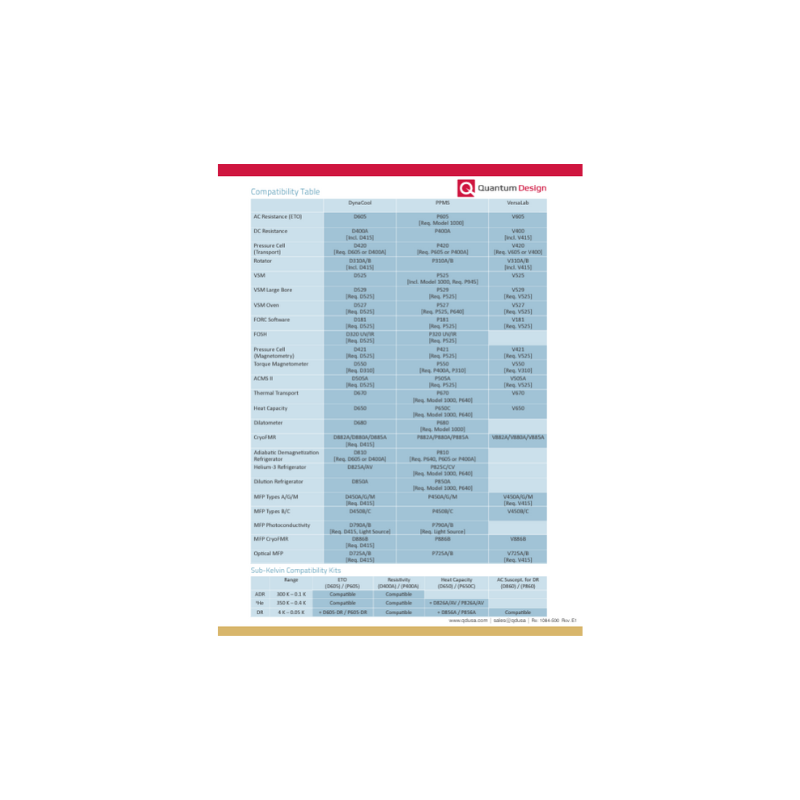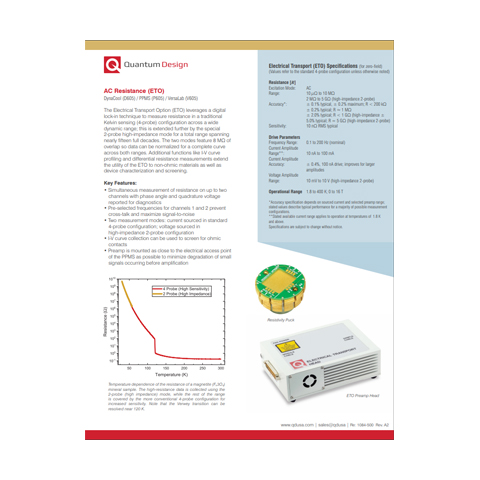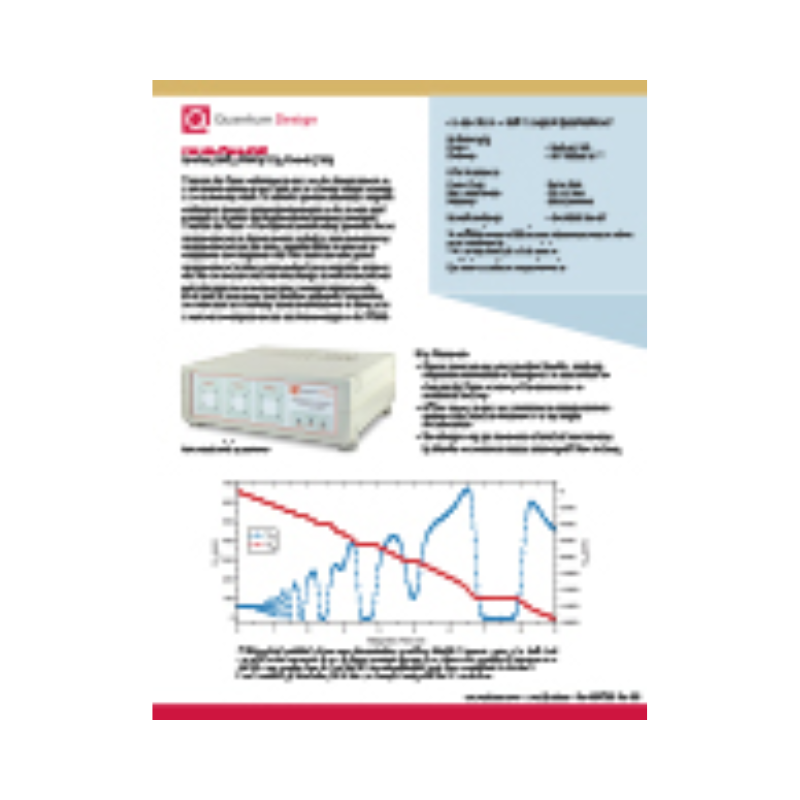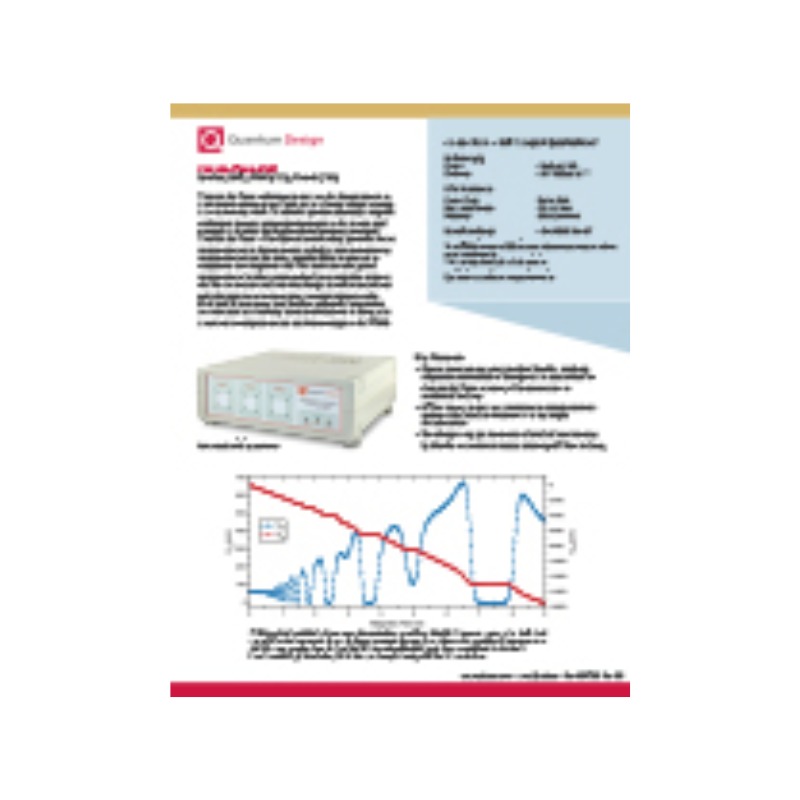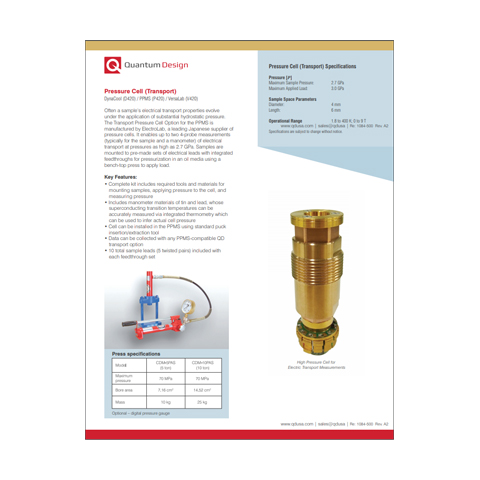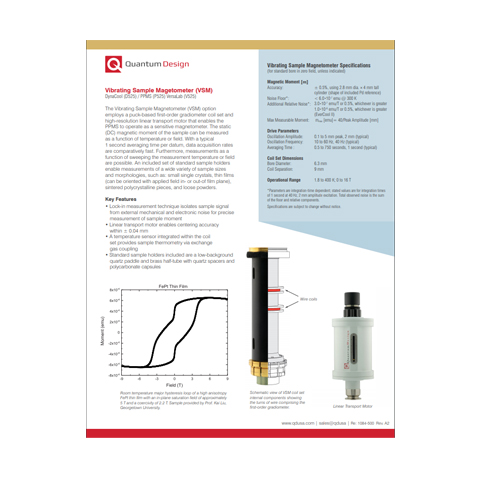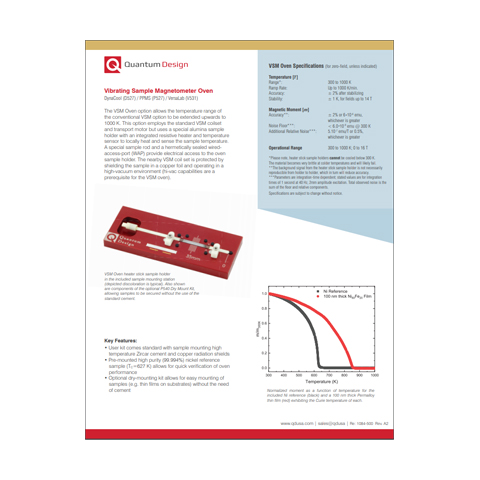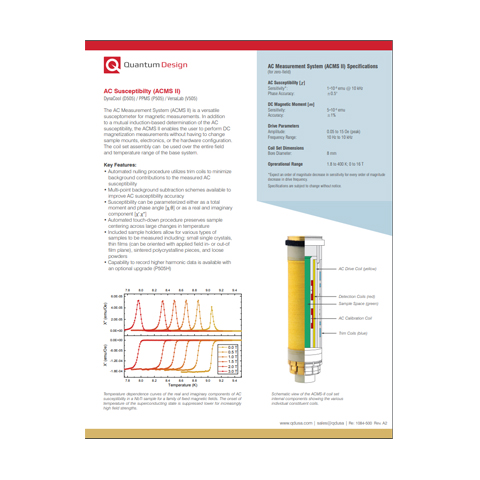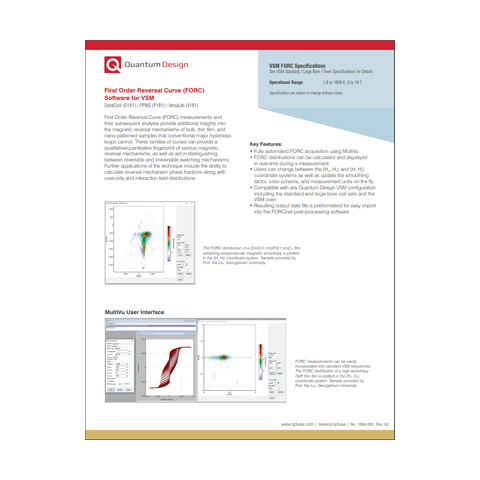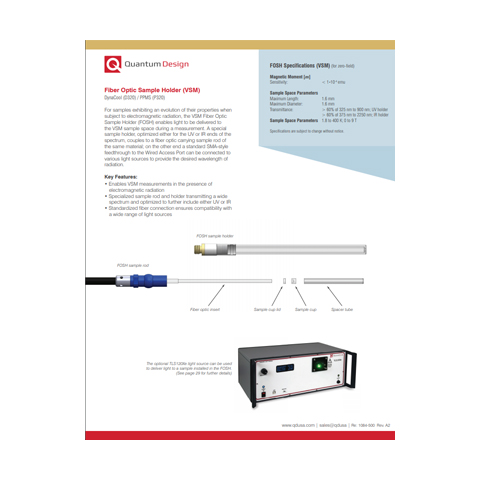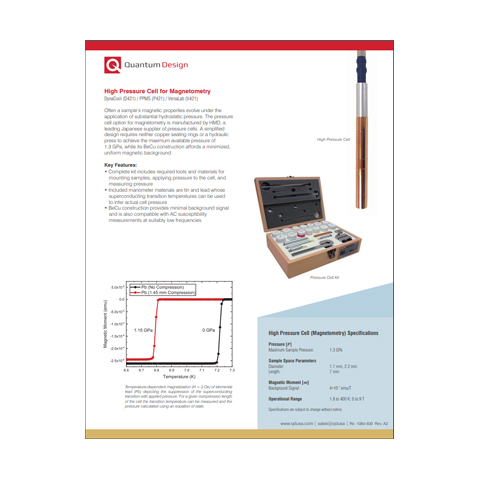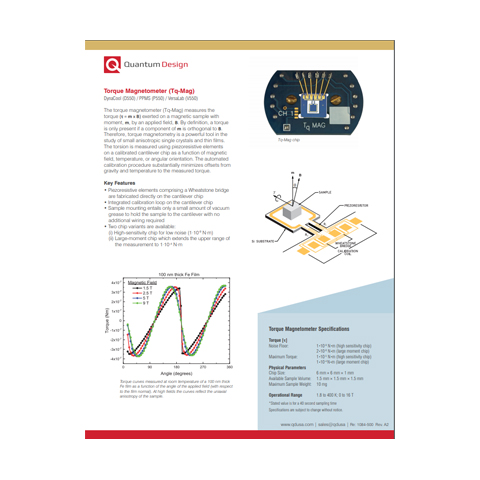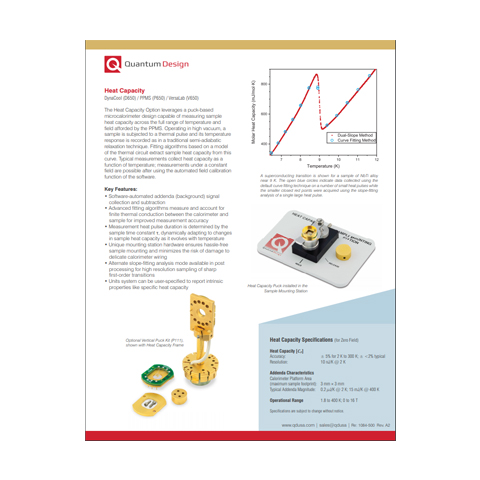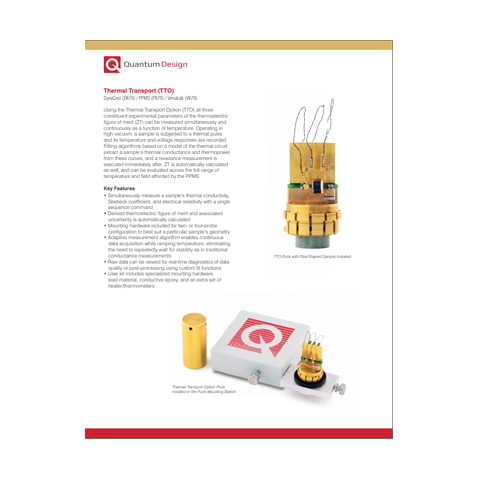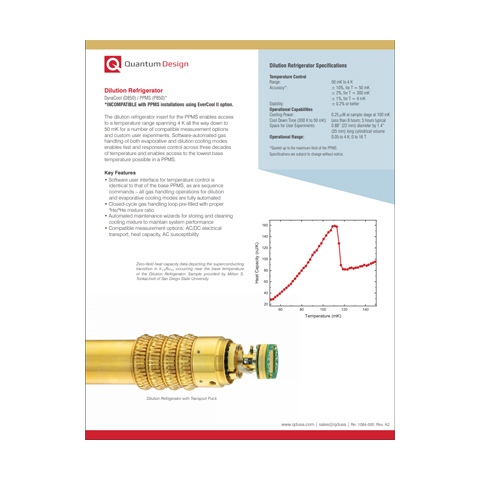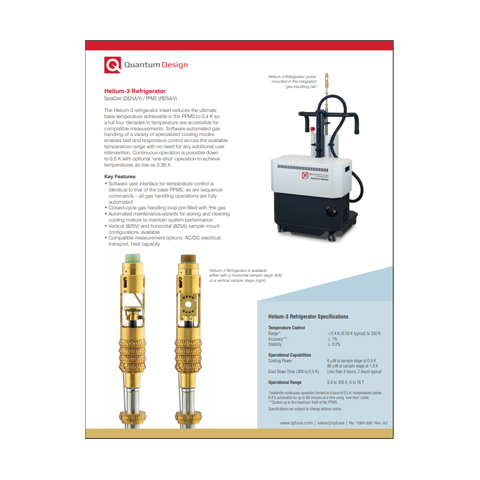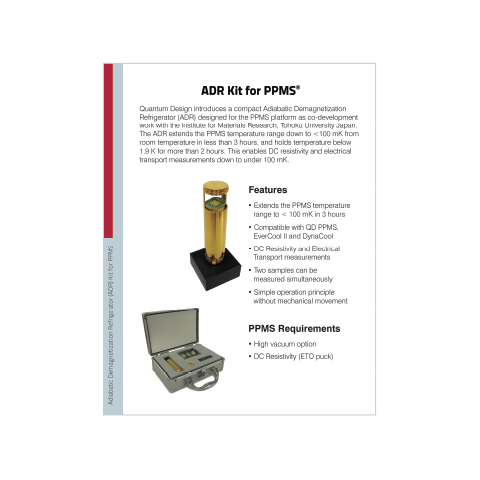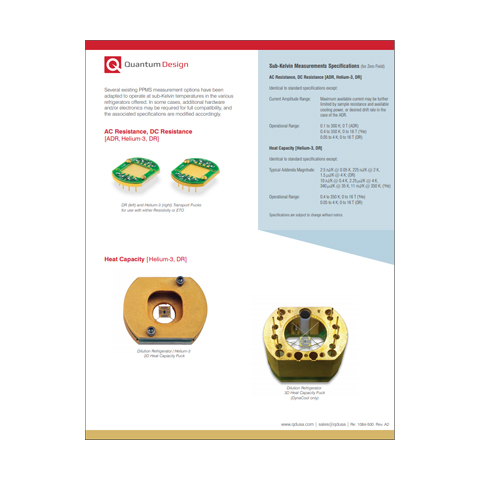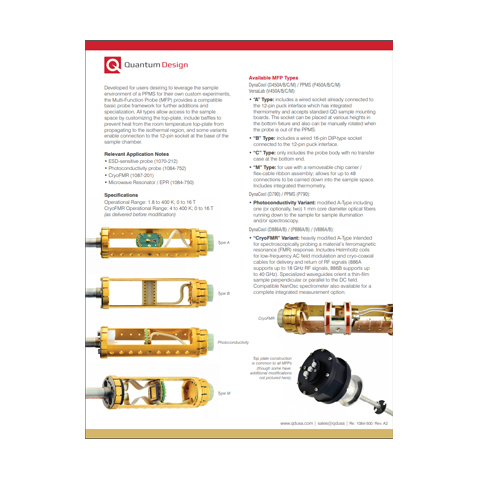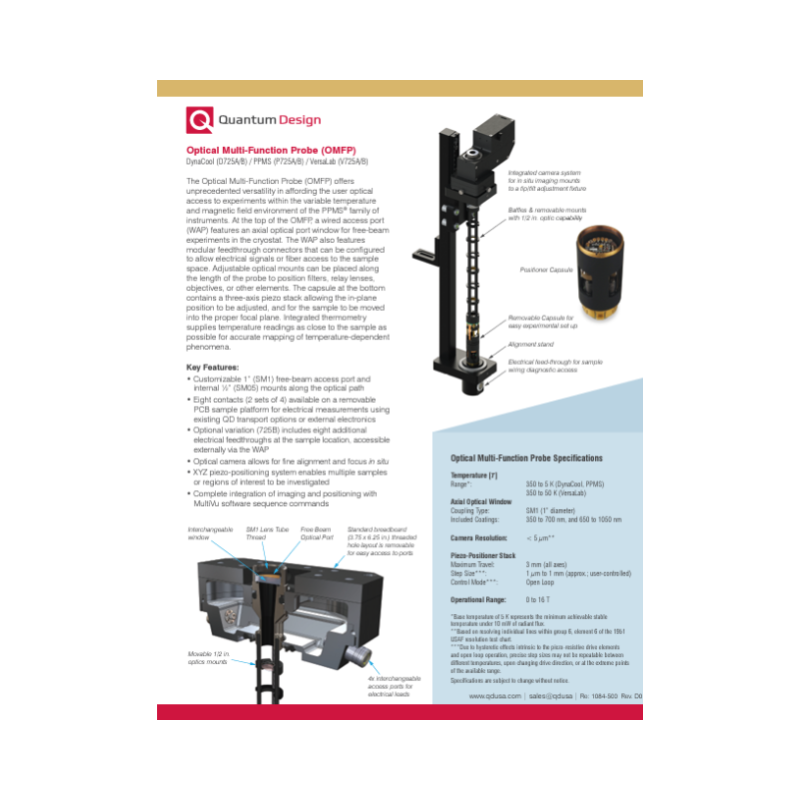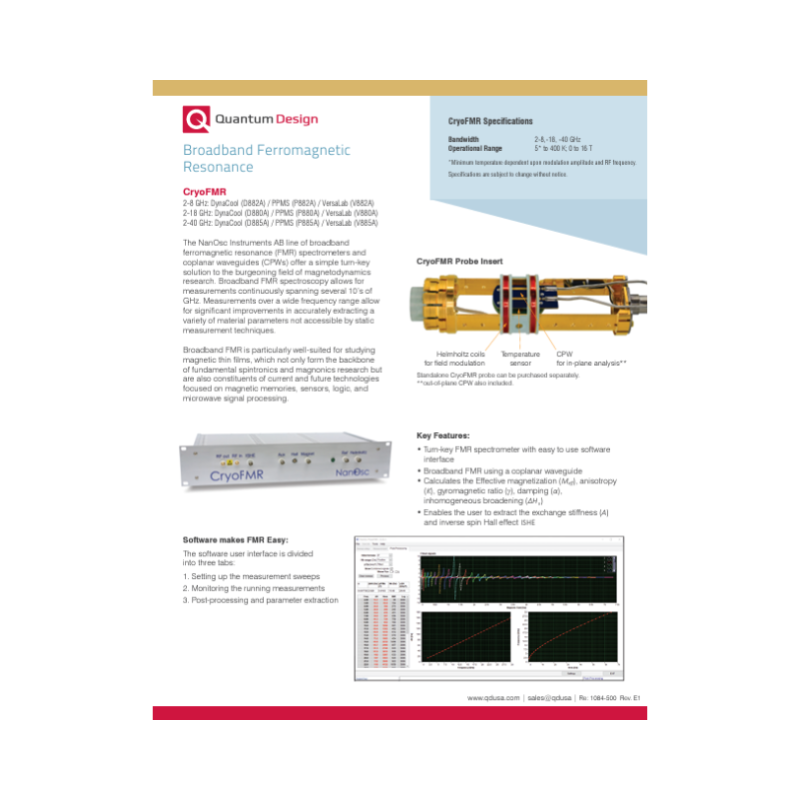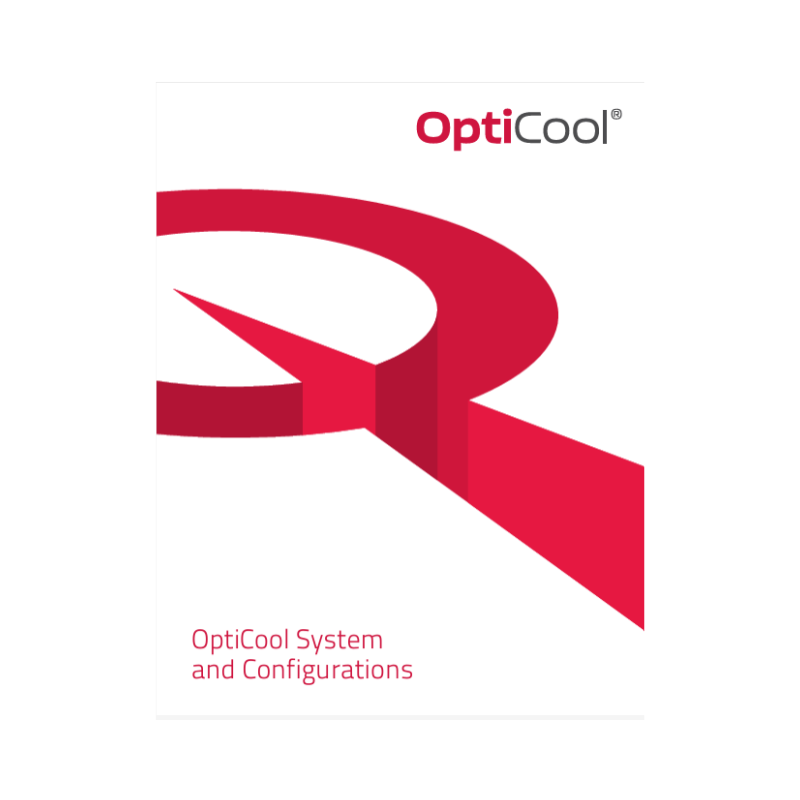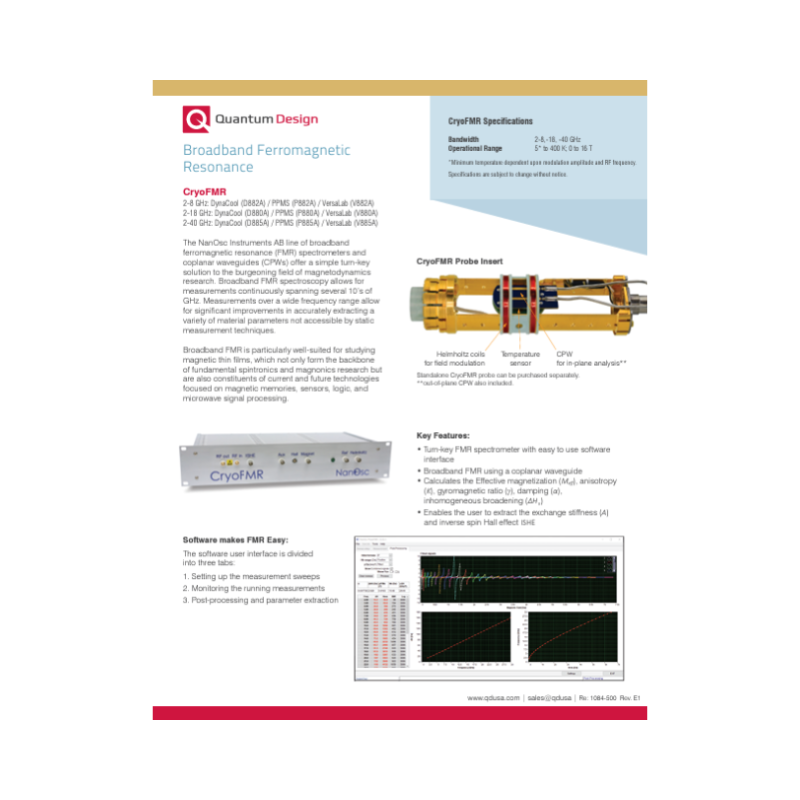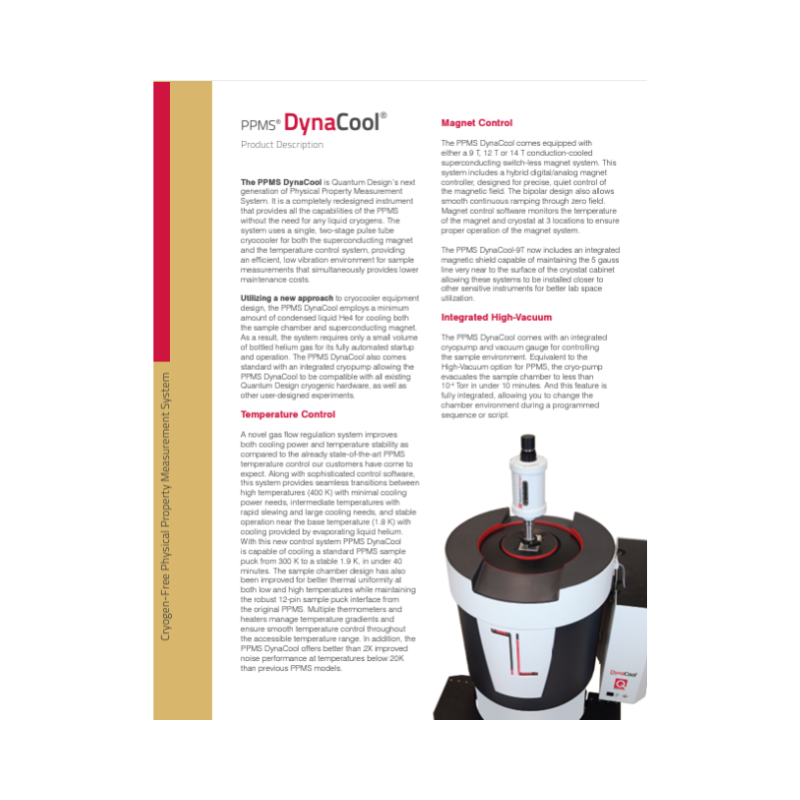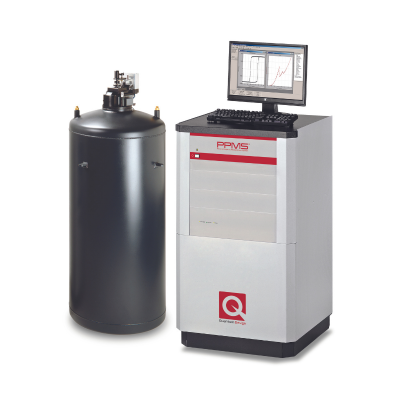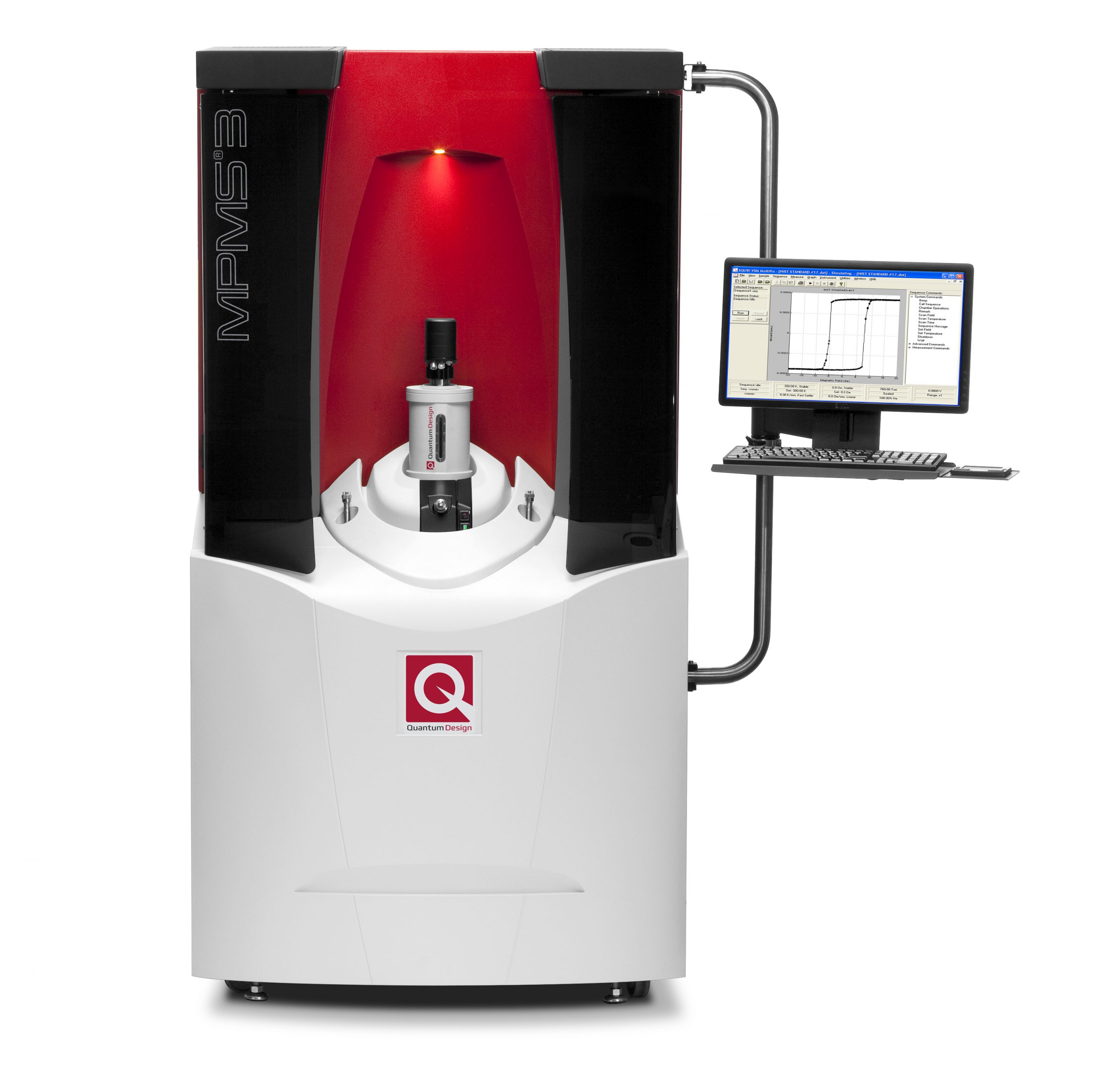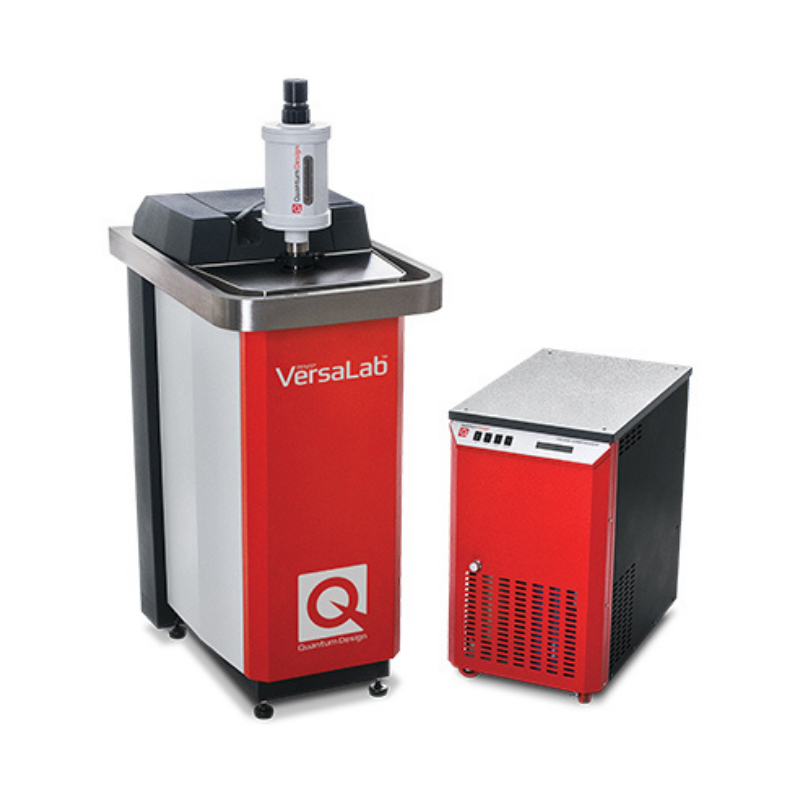- Features
- Options
- Videos
- Downloads
- Related Products
- Contact
- Back To Spectroscopy
- Back To Optics
- Back To Hyperspectral
- Back To Cameras
- Back To X-Ray
- Back To Light Measurement
- Back To Characterisation
- Back To Electron Microscopy
- Back To Magnetometry
- Back To Ellipsometers
- Back To Cryogenics
- Back To Lake Shore
Quantum Design PPMS® DynaCool™ Measurement System
Cryogen free Physical Property Measurement System
The popular Physical Property Measurement System (PPMS) from Quantum Design is now available in a truly cryogen-free package. The PPMS DynaCool uses a single two-stage Pulse Tube cooler to cool both the superconducting magnet and the temperature control system, providing a low vibration environment for sample measurements. It offers continuous low temperature control and precise field and temperature sweep modes.
The PPMS DynaCool also comes standard with an integrated cryopump, which makes it compatible with all available PPMS measurement options, or any other user-designed experiments, right out of the box!
Technical Service and Application Support is available for the Quantum Design products – download the PPMS DynaCool service plan here
The PPMS DynaCool also comes standard with an integrated Cryopump used to pump out the sample space to a vacuum of < 10-4 Torr. This makes the PPMS DynaCool compatible with all the available options, or any other user-designed experiments, right out of the box.
FEATURES
- No need for liquid cryogens
- Temperature range of 1.8 K – 400 K
- 9 tesla and 14 tesla magnets available
- Continuous Low-Temperature Control – maintains temperatures below 4.2 K and offers smooth temperature transitions when warming and cooling through 4.2 K
- Controlled temperature Sweep Mode
- Fully automated operation of available PPMS applications/options
- Built-in Cryopump for high vacuum applications
- New electronics built using CAN architecture for improved reliability
- Standby mode conserves power while requiring only a short recovery time




